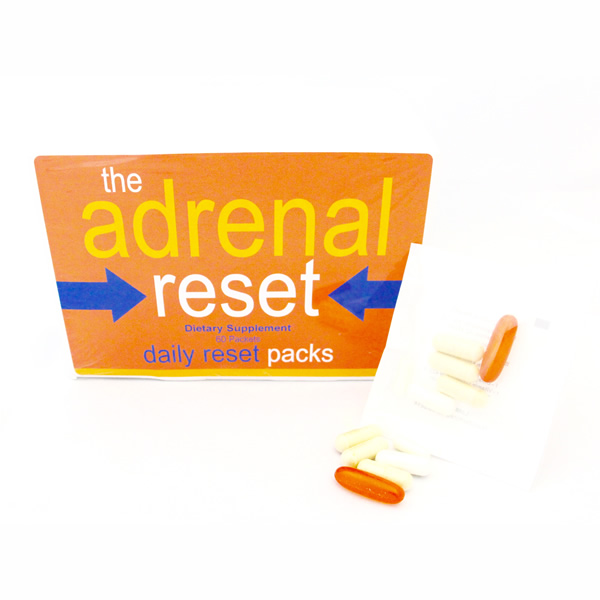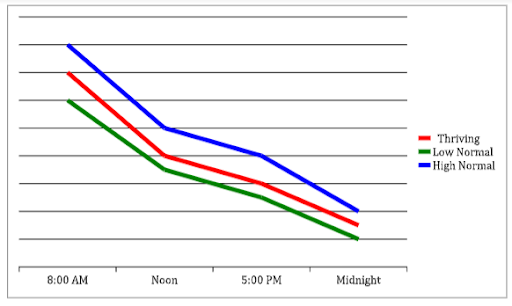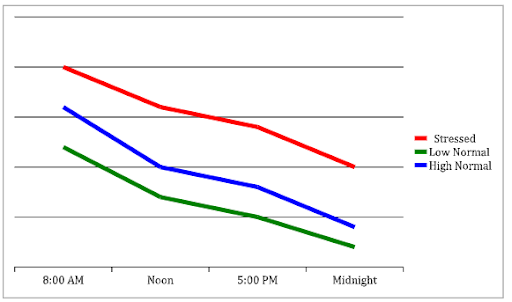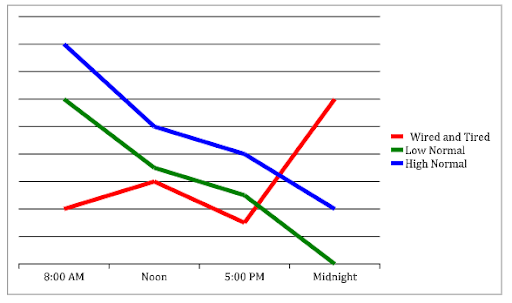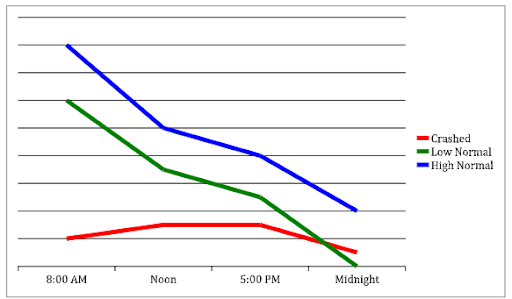What is Cortisol Slope?
The adrenal glands, which sit on top of the kidneys, make a variety of hormones. These hormones govern the body’s overall stress response – what we call the “autonomic nervous system.” That nervous system puts us into one of two modes:
- Fight-or-flight mode
- Feed-or-breed mode
The first refers to when we feel panicked and are doing things at any cost to survive the moment. The second, though, is where we fix everything back up.
Our bodies need to have appropriate balances of time spent being active and recovering. The difficulty is that we get too much of one, and not enough of the other.
This is a big part of almost all chronic diseases that you might be able to think about. The adrenals are part of what we call the hypothalamic pituitary axis (HPA axis).
When that doesn’t work right, we call it HPA dysfunction or dysregulation.
In natural medicine, we have this very popular term called “adrenal fatigue.” I have discussed this before, but “fatigue” here really isn’t the right word.
Dysfunction is a better one. Your adrenals are not weak or tired, they are simply choosing not to and deliberately making less.
The conventional world of medicine has rejected this outright. But, it ignores the reality of the thing we call adrenal dysfunctional.
And, when it comes to cortisol slope, this is what most accurately tracks what I am going to call adrenal dysfunction.
Think of your cortisol slope as a ski hill. When you trace a reading of your cortisol in the morning, versus the evening, there should be a distinct downhill slope.
You should make a nice amount in the morning, and less than half as much at night. When that slope doesn’t exist, we begin to see all of these complications emerge.



